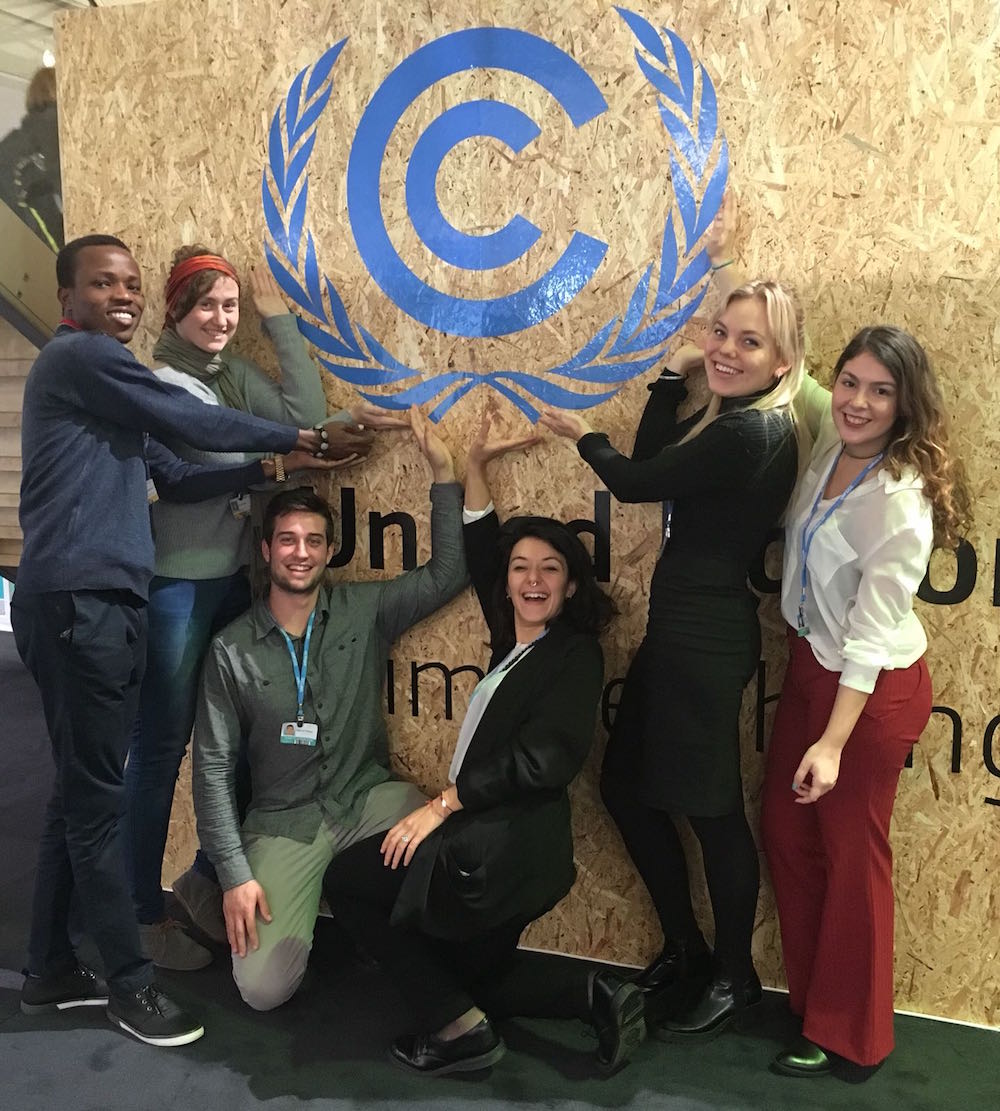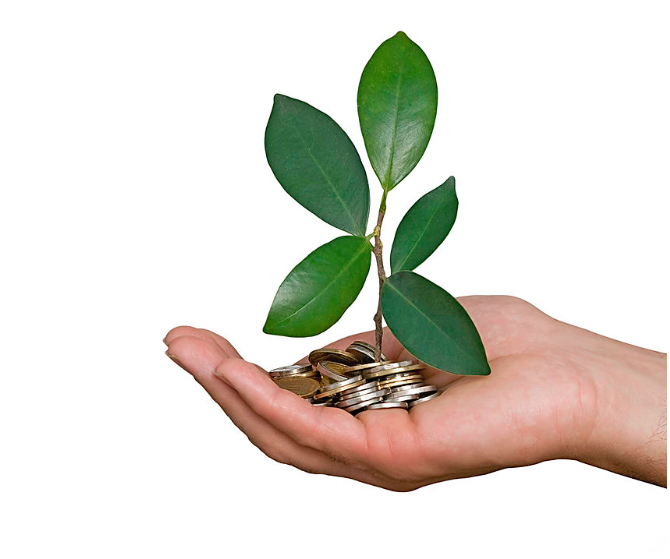
By Samuel Adeyanju
It was the first day at the much-anticipated United Nations Framework Convention on Climate Change (UNFCCC) Conference of the Parties (COP) 23, also called ‘Pacific COP’ in reference Fiji, which is presiding over this year’s summit.
Fiji, an island state, has been grappling with the adverse impacts of climate change. Cyclone Winston ravaged Fiji in February 2016, taking the lives of 44 people, destroying homes, uprooting families, and inflicting serious damage on the nation’s sugar crop, a foundation of the Fijian economy.
Bonn, a historical city in Germany, serves as the host venue to the approximately 25,000 participants at COP this year. The event is attended by national governments, UN specialised agencies, intergovernmental organisations and NGOs.
A cool concept of having 2 zones – the Bonn zone and Bula zone (Bula means hello in the Fijian language) – has been used at the conference. The Bula zone (housed by the World Conference Center) is where high-level events and negotiations will be taking place, while the Bonn zone is an extensive, all purpose and techy wooden structure built especially for the COP23 event, and was constructed during the past 10 months.
The Bonn zone is dedicated to hosting side events, and houses pavilions of various countries and organisations (a beautiful site to behold are the Fijian and Indian pavilions, no biases…).
With 169 Parties already having ratified the Paris Agreement, expectations for COP23 are high; this feeling has been expressed by a number of national and regional-level organisations, including youth, women, and indigenous groups. Hopes are high that this COP will provide a platform on which the Talanoa dialogue (facilitative dialogue) of 2018 will operate effectively.
At the opening ceremony the Fijian prime Minister gave his remarks on assuming the Presidency of COP23. He stressed the need for urgency in implementing the Paris Agreement, especially with the extreme weather events caused by climate change across the globe.
He said, “We must not fail our people. That means using the next two weeks and the year ahead to do everything we can to make the Paris Agreement work and to advance ambition and support for climate action before 2020. To meet our commitments in full, not back away from them. And to commit ourselves to the most ambitious target of the Paris Agreement. To cap the global average temperature at 1.5 degrees Celsius over that of the pre-industrial age.”
I attended 2 side events in the Bonn zone, as well as the opening plenary of the Subsidiary Body for Scientific and Technological Advice (SBSTA) in the Bula zone. First was the “What to expect from COP23” side event, which was jointly organised by Third World Network (TWN) and South Centre. The event featured key negotiators from developing countries such as Ecuador and South Africa on what they expect as key outcomes at COP23.
Speakers discussed the obligation for developed countries to provide adaptation assistance for developing countries, as contained in the Paris Agreement. They stressed the legal obligation for developed countries to provide financial support and technology transfer for developing countries. Adaptation gets less than 10% of climate financing; representatives from developing countries therefore recommend an increase in funds for adaptation projects. Transparency amongst parties was also at the centre stage during the discussions.
The second event I attended was organised by Climate Action Network (CAN) International. It examined various ‘yardsticks’ for success at COP23. These included making concrete steps towards a comprehensive rulebook to stay below 1.5°c of warming, and the construction of a robust framework for financing adaptation and managing ‘loss & damage’.
Eliza Northrop, an associate at the International Climate Initiative of the World Resource Institute (WRI) highlighted the following as what success at COP23 looks like: strong support for the COP23 and COP24 presidencies to take things forward next year, clarity on active participation of non-party stakeholders, and consensus on the purpose of the Talanoa Dialogue. In addition, Lucile Dufour, representing Réseau Action Climat France, highlighted some expectations for climate finance at COP23, such as the achievement of concrete progress on the adaptation fund and the commitment of developed countries to meet the $100b target to finance adaptation.
In all, it was an interesting start to COP23, and it was great to see the first week delegates working hard to promote IFSA and forestry perspectives with a number of youth working groups.
Samuel Adeyanju from Nigeria, is an MSc student at the faculty of Forestry, University of British Columbia (UBC), Canada. His research interests revolve around community forestry, forest certification systems, forest policy and governance.












